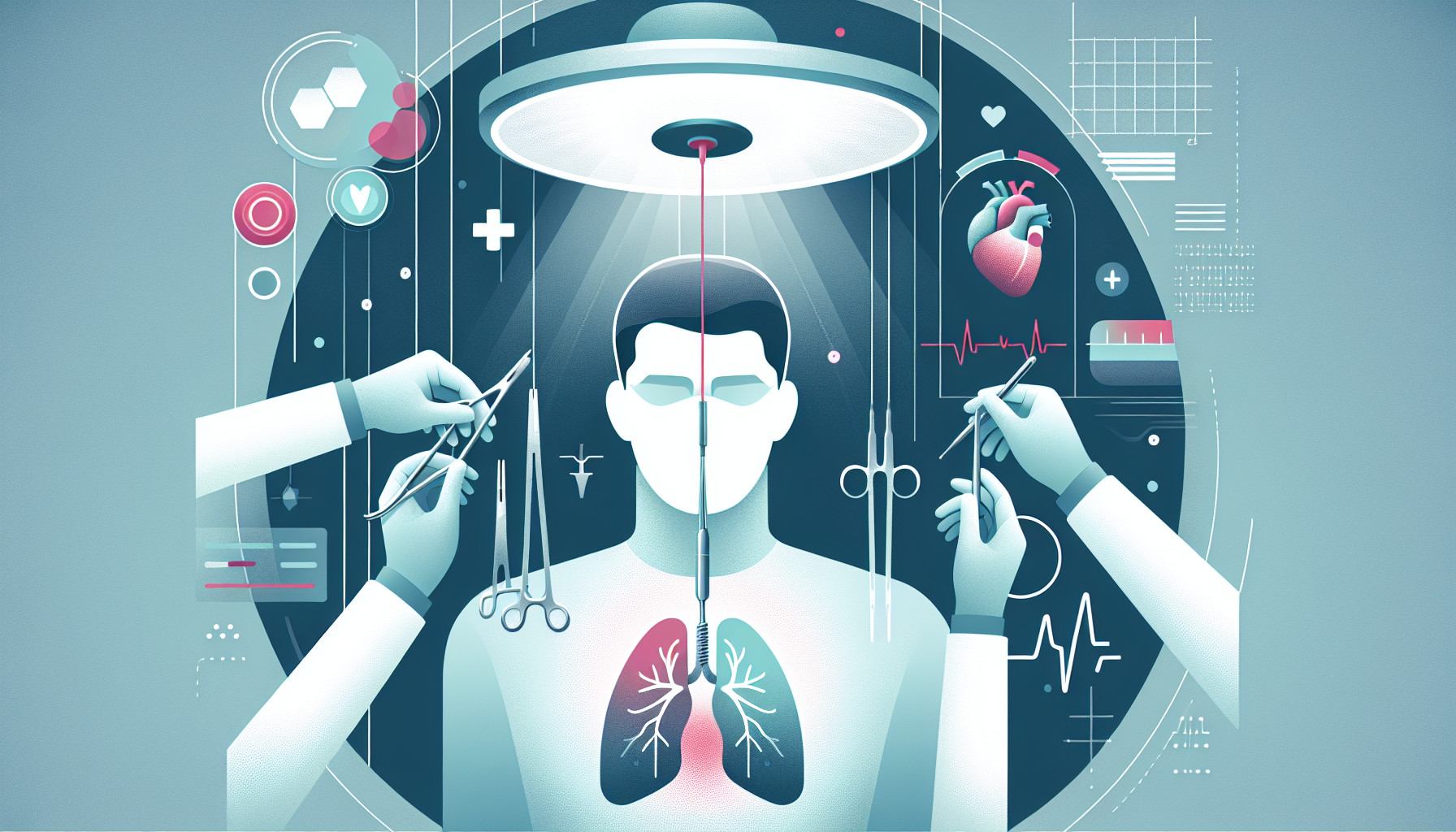Our Summary
This research paper is about improving the way we view images from CT scans during sinus surgery. Normally, these scans are taken at a right angle to the base of your nose, but this doesn’t match up well with the view doctors get during surgery. This can make it difficult for them to understand the layout of your sinuses.
The researchers suggest tilting the scans slightly to better match the surgical view. They aimed to figure out how much tilt is needed for the best match. They did this by taking photos during real surgeries and measuring the tilt of the surgical tool (endoscope) against the base of the nose.
They studied 14 patients and found the tilt varied depending on which part of the nose they were looking at. For instance, the tilt was about 16 degrees at the lower edge, around 30 degrees in the middle, over 60 degrees at the top, and about 26 degrees near the optic canal.
In conclusion, they found that a CT scan tilted about 30 degrees forward gives a more intuitive view for surgeries involving the frontal recess and sphenoid sinus. This makes it easier for surgeons to understand the complex layout of the sinuses.
FAQs
- What is the problem with the current way of viewing images from CT scans during sinus surgery?
- How did the researchers determine the best tilt for CT scans during sinus surgery?
- What was the conclusion of the study on the angle of tilt in CT scans for sinus surgery?
Doctor’s Tip
A helpful tip a doctor might give a patient about sinus surgery is to discuss the possibility of tilting CT scans slightly to improve the accuracy of the surgical view. This can help the surgeon better understand the layout of your sinuses and improve the success of the surgery. It’s important to have open communication with your doctor about any concerns or questions you may have regarding the procedure.
Suitable For
Patients with chronic sinusitis, nasal polyps, sinus tumors, deviated septum, or other structural issues in the sinuses are typically recommended sinus surgery. These conditions can cause symptoms such as facial pain, pressure, congestion, and difficulty breathing, which can significantly impact a patient’s quality of life. Sinus surgery aims to improve sinus drainage, remove obstructions, and alleviate symptoms.
By improving the way CT scan images are viewed during sinus surgery, surgeons can have a better understanding of the anatomy and layout of the sinuses, leading to more precise and effective surgical outcomes. This research can potentially benefit a wide range of patients who require sinus surgery for various conditions.
Timeline
Before sinus surgery, a patient may experience symptoms such as chronic sinusitis, nasal congestion, facial pain or pressure, headaches, and difficulty breathing. They may have tried various medications or other treatments without success, leading them to consider surgery as a last resort.
After sinus surgery, the patient can expect to experience some discomfort, swelling, and congestion in the days following the procedure. They may need to take pain medication and nasal decongestants as prescribed by their doctor. It is important for the patient to follow post-operative care instructions, including keeping the nasal passages clean and moist, avoiding strenuous activities, and attending follow-up appointments with their surgeon.
Over time, the patient should experience improvement in their sinus symptoms, such as reduced congestion, improved breathing, and decreased frequency of sinus infections. It may take several weeks or even months for the full benefits of the surgery to be realized. In some cases, additional treatments or procedures may be needed to achieve optimal results.
Overall, sinus surgery can be an effective treatment option for patients with chronic sinus issues, helping to improve their quality of life and alleviate their symptoms.
What to Ask Your Doctor
Some questions a patient should ask their doctor about sinus surgery in relation to this research include:
- How will the images from my CT scans be used during my sinus surgery?
- Will the tilt of the CT scans be adjusted to better match the surgical view, as suggested in this research?
- How will the tilt of the CT scans affect the outcome of my surgery?
- What specific areas of my sinuses will be impacted by the tilt of the CT scans?
- How will the use of tilted CT scans improve the surgeon’s understanding of my sinus anatomy during the procedure?
- Are there any potential risks or drawbacks associated with using tilted CT scans during sinus surgery?
- Will the use of tilted CT scans result in a more precise and successful surgical outcome for me?
- How does this research contribute to advancements in sinus surgery techniques and technology?
- Are there any other innovative approaches or technologies being used in sinus surgery that I should be aware of?
- Can you explain how the findings of this research will be applied to my specific sinus surgery procedure?
Reference
Authors: Nomura K, Hemmi T, Sugawara M, Ikeda R. Journal: Tohoku J Exp Med. 2024 Jun 29;263(2):115-121. doi: 10.1620/tjem.2024.J020. Epub 2024 Mar 14. PMID: 38479893
